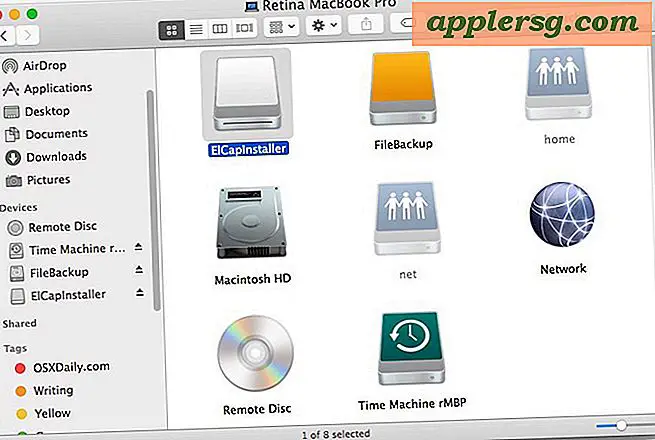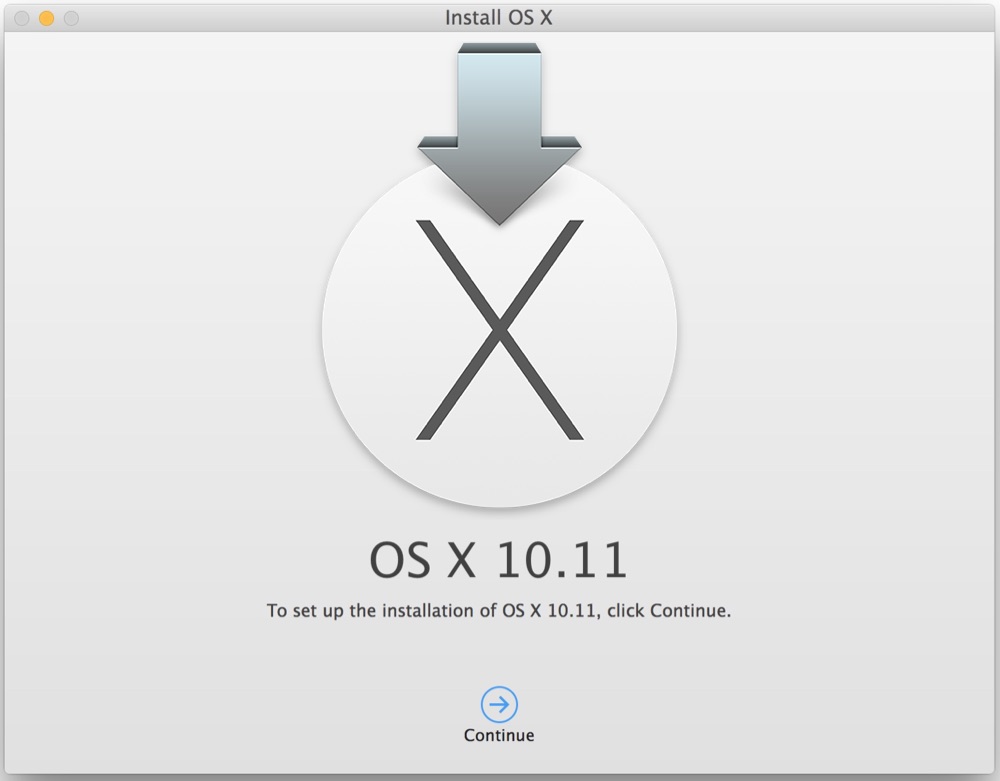USB Flash Drive 8Gb Get one on Amazon here: (For El Capitan need a 16GB USB Stick) Mac OS Installer retail Version of Yosemite, El Capitan or Mac OS Sierra, choose one you desire to make the bootable USB. El Capitan Installer. Mac operating system’s twelfth major version is the El Capitan Installer (version 10.11). Jul 12, 2021 Step 1: Right-click the software icon on desktop and select 'Run as Administrator' from the contextual menu.Choose 'Run' when prompted. Step 2: Insert your formatted USB drive, and click 'Burn' tab on the main screen. Step 3: Click 'Browse' button to import macOS dmg file into the program.And select the USB drive name from the second row. You can also set a volume labe for that USB drive. Requires a FaceTime or iSight camera (built in or external), USB. Users are officially able to download the final version of OS X El Capitan from the. Create a bootable USB drive for macOS X versions including El Capitan, Yosemite, Mavericks, Sierra, High Sierra, Mojave, Catalina and Big Sur. Just click on the setup file and with some click, the installation will finish. After that, Launch TransMac when TransMac is launched you will see the list of Flash drives or local disk. Then Right-click on that flash you want to create bootable USB for Mac OS El Capitan then select Restore with Disk Image.
I accepted a Mid 2012 macbook pro from my dad, which hasn't been used for years (in fact since the year he bought it). So the first thing I did was upgrade the system straight to El Capitan, but then I found the system a bit slow so I am planning to install a new SSD and a new and clean OS for better experience.
So I started preparing all kinds of things, one of which is a USB containing the Install El Capitan app.I did this by downloading El Capitan from appstore and creating a usb media through the following command lines. The USB drive was erased and formatted before operation.
sudo /Applications/Install OS X El Capitan.app/Contents/Resources/createinstallmedia --volume /Volumes/OSX --applicationpath /Applications/Install OS X El Capitan.app --nointeraction
El Capitan Theatre Hollywood Ca
This should make the USB a install media. So I restarted, pressed option key and saw the original Macintosh HD and the USB, everything was going fine until now. Then I selected the USB and it just stuck at the loading screen like this.
I have been stuck here for hours. In fact I haven't installed the SSD yet. I'm just trying to see if the USB install media worked fine, but obviously it didn't. I know I could use a software to clone my system from HDD to the new SSD, that would be far more simpler, but I really want to install a new OS. Does anyone have any ideas about what the problem is or what should I do next? Thanks a lot.
MacBook Pro, OS X El Capitan (10.11.4)
Posted on May 18, 2016 12:56 AM
Some very interesting changes in how Windows is installed in Boot Camp on OS X 10.11 “El Capitan”. When you open Boot Camp Assistant on a new Mac that supports Windows 8 or later, you’ll get the new Boot Camp interface.
Notice the ISO image and partitioning are all on a single screen. Prior to El Capitan, you had to insert a USB Flash Drive and Boot Camp Assistant copied the Windows installer from an ISO disk image to the flash drive, and then downloaded and set up the Windows drivers to the correct location in the installer for the Mac hardware. El Capitan makes this a lot simpler. Just select the ISO and how much space you want from Boot Camp, and then you click Install.
After Boot Camp Assistantd completes, OS X restarts to the Windows installer, and you follow the normal Windows installation.
Behind the Scenes
So how is this possible? Where is the Windows installer if there is no installation media? Boot Camp Assistant doesn’t just create a Boot Camp partition, but also creates an additional partition called “OSXRESERVED” that is FAT32 formatted. It places this partition right after the recovery partition, and before the Boot Camp partition, as shown below.
The command line make this really clear. Partition 1 is the standard EFI partition, partition 2 is the Mac partition, partition 3 is the Recovery partition. All standard stuff. Partition 4 is now the OSXRESERVED partition, and partition 5 is the BOOTCAMP partition. You’ll also notice that disk2 is the Windows install ISO disk image that the Windows install files are copied from.
The OSXRESERVED partition has all the installer files, the Boot Camp drivers for Windows, and the EFI files for booting.

If you are familiar with EFI booting on OS X, you’ll see a familiar setup. The EFI folder on the OSXRESERVED partition is the same one you would normally find on the EFI partition (normally disk0s1). It appears that newer Macs have the ability to detect this partition and present it to Windows as if it were EFI installation media (such as a DVD or USB Flash drive).
So what happens to this partition after you are done installing? During the next boot into OS X, the OSXRESERVED partition is removed and put back into the Core Storage container of the OS X partition:
Note that the Device is disk0s5 since the other partition existed on startup, but then it was deleted. On next reboot, this device will change back to disk0s4, which is the standard device location for a Boot Camp partition.
El Capitan Download Usb
This setup is not supported on all Macs that run El Capitan. Only hardware that has newer firmware supports this. We did a survey of all the shipping Macs, and here are the ones that support this new slicker setup:
Supported:
- Mac Pro
- MacBook Air 13‑inch
- MacBook Air 11‑inch
- MacBook Pro 13‑inch
- MacBook Pro 15‑inch
Create El Capitan Boot Usb
Older USB Installation
- iMac 21.5″
- iMac 27″
- MacBook Pro 13‑inch
- USB-C MacBook (surprising)
El Capitan’s Boot Camp-related updates are not just limited to Boot Camp Assistant. There are also changes in how Boot Camp is affected by the new System Integrity Protection (SIP). Tune in tomorrow for the next segment.
Do you have Windows running on your Mac in a Boot Camp partition? Check out Winclone and Boot Runner to backup, migrate, and manage your Boot Camp partition.
Boot El Capitan From Usb

El Capitan Bootable Usb Download
Find this article interesting? Let me know what you think by tweeting at me on Twitter: @tperfitt